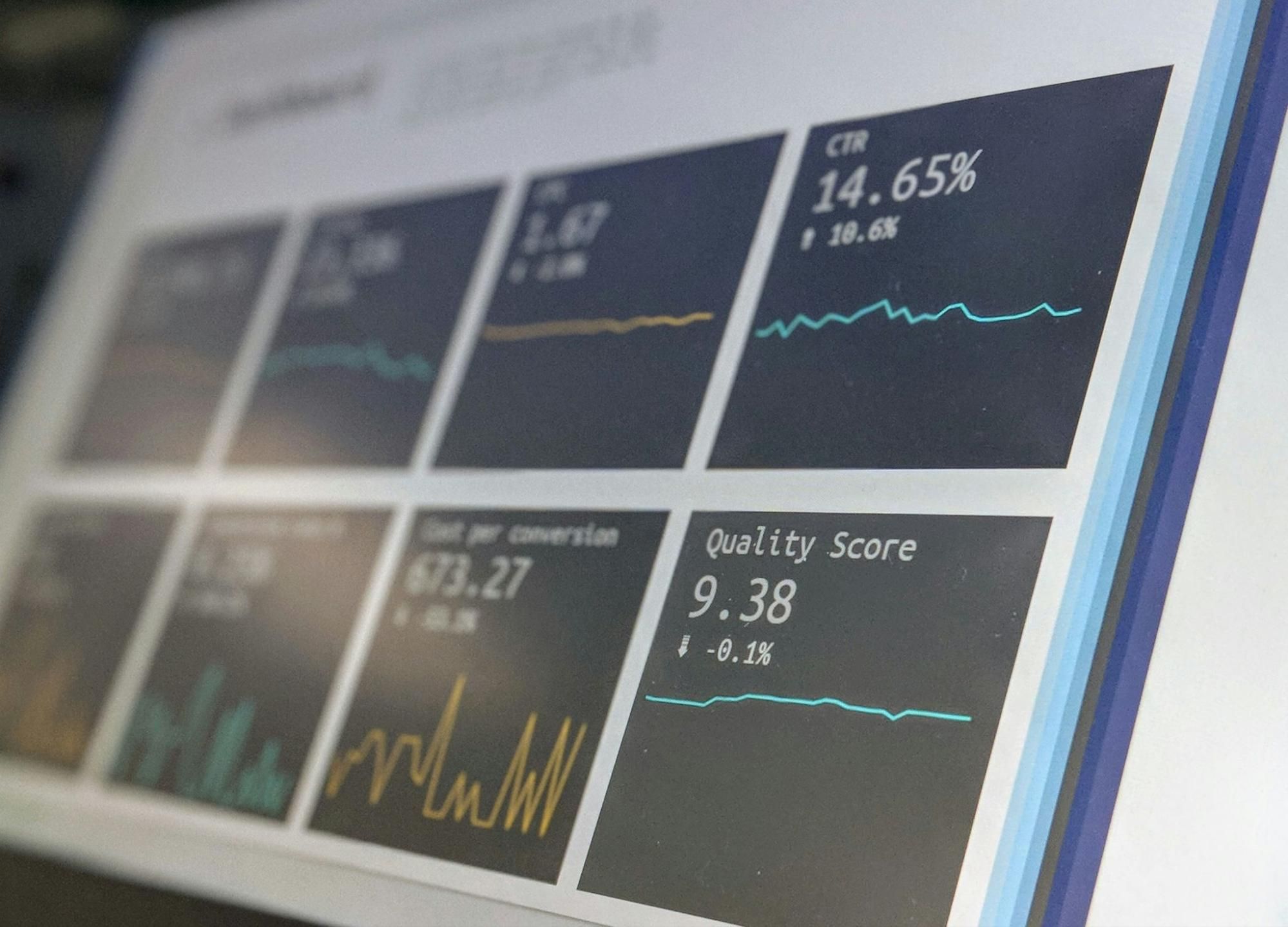How High Earners in Canada Should Prioritize Saving and Investing
If your income says rich but your savings say otherwise, this Canadian wealth guide will make it make sense.
You make good money, but why doesn't it feel like you're getting ahead?
If you're earning a six-figure salary but still feel stretched thin, you might be what financial experts call a HENRY: High Earner, Not Rich Yet.
In Canada, that could mean pulling in anywhere from $100,000 to $250,000+ a year in your peak career-building years.
On paper, you might be doing great, but in reality, the numbers don't always translate to wealth.
Being a HENRY comes with hidden challenges: loans that linger, high housing costs, lifestyle inflation, and the pressure to “live like you've made it.”
This guide breaks down how to change that, showing you how to save and invest in the right order so your high income starts working for you.
Why HENRYs Struggle to Build Wealth

High income can give the illusion of financial security, but for many HENRYs, the numbers don't add up.
Even with a strong salary, building real wealth often feels out of reach.
A big part of the problem lies in how fast money moves out.
In Canada, housing is one of the biggest expenses, especially in cities like Toronto, Vancouver, and Calgary.
Add in student loan payments, car loans, and credit card debt, and a large chunk of income is already gone.
For parents, childcare can cost thousands per month, rivaling mortgage payments in some provinces.
Meanwhile, lifestyle inflation can quietly eat away at your breathing room too.
Then there's the emotional aspect of spending. You might feel pressure to keep up with peers or reward yourself for working hard.
While there's nothing wrong with having a sweet treat every now and then, some impulses can lead us to unwise purchases.
At the end of the year, many HENRYs find they've earned well but saved little.
With no real investment growth or safety net, their net worth stays flat, despite working full-time and earning above average income.
The Right Order
When you're earning well, it's tempting to think you can out-earn poor money habits, but that only works for so long.
To actually grow your wealth, you need a plan that puts the right moves in the right order.
That means knowing where your money stands, being intentional about your goals, and making strategic shifts.
1) Assess & Set Intentional Goals
Start by understanding exactly where you stand.
Calculate your net worth and track your spending to get a clear picture of your habits.
From there, define both your short and long-term goals, such as paying off debt, buying a home, or retiring.
When your savings have a purpose, it's easier to stay focused, motivated, and in control of your money.
2) Cut Lifestyle Waste Without Losing Quality of Life
There's no need to live cheaply, but more consciously.
A realistic budget helps you spend with intention, not guilt.
Look for signs of lifestyle inflation, like upgrades or spending more just because you can.
Small, strategic cuts to things like unused subscriptions, housing costs, or entertainment habits can free up cash without sacrificing comfort.
3) Increase Income Strategically
Boosting your income doesn't have to mean burning out.
Consider side hustles or freelance work that aligns with your skills and can scale over time.
Just be mindful of how added income affects your taxes.
In Canada, it could push you into a higher bracket or trigger CPP and EI contributions.
The goal is to create income streams that grow your wealth instead of your workload.
4) Tackle Debt Aggressively
Debt quietly drains your potential to build wealth.
Focus on paying off high-interest balances first, like credit cards and payday loans. These can cost you the most over time.
For Canadian graduates, making extra payments on student loans can shorten your repayment period and cut down interest.
The sooner you're debt-free, the more freedom you have to save, invest, and take control of your financial future.
Build a Financial Cushion
A strong income doesn't protect you from the unexpected, which is why you should have a financial cushion.
Aim to save three to six months' worth of essential expenses, ideally in a high-interest savings account or a money market fund.
For most HENRYs in Canada, this could mean setting aside $15,000 to $30,000, depending on your lifestyle and family situation.
Don't stop at savings. Insurance matters just as much when it comes to protecting your income and long-term plans.
Consider life insurance if you have dependents or debt, disability insurance to cover loss of income, and critical illness insurance to help manage costs if your health suddenly changes.
Having this safety net in place means you can invest more confidently, knowing you won't need to cash out early just to cover a crisis.
Invest to Grow

Once your emergency fund is set and debts are under control, it’s time to put your money to work.
Investing regularly, even in small amounts, builds momentum over time.
1) Start with Retirement Accounts
RRSPs are a great first step.
They offer tax-deferred growth, and your contributions reduce your taxable income in the year you make them.
Just be mindful of your contribution limits, which are tied to your annual earnings.
TFSAs give you flexibility.
They're ideal for medium or long-term goals because your investments grow tax-free, and you can withdraw at any time without penalty. Your contributions aren't tax-deductible, though.
If your employer offers a matching group RRSP or pension plan, take full advantage of it.
It's free money, and walking away from it is like taking a pay cut.
2) Plan for Kids (or Yourself) with Education Savings
If you're planning for your child's future, open a RESP.
You'll receive government grants like the CESG, and your investments grow tax-deferred until they're used for education.
If you're thinking about going back to school, look into the Lifelong Learning Plan, which lets you temporarily withdraw funds from your RRSP tax-free to finance full-time education or training.
3) Diversify with Smart Investments
ETFs offer broad market exposure with low fees and minimal upkeep, which is ideal for busy professionals.
They're a great choice if you want to invest passively but still benefit from market growth.
For long-term income, consider dividend-paying stocks or DRIPs (Dividend Reinvestment Plans).
They generate cash flow and automatically reinvest earnings, helping your portfolio grow faster through compounding.
REITs (Real Estate Investment Trusts) give you access to the real estate market without the hassle of being a landlord.
They tend to pay out consistent dividends and can offer a hedge against inflation.
Depending on your comfort level, you can invest using robo-advisors, which automate your portfolio, or choose self-directed investing for more control.
Both are widely available to Canadians and offer access to all the tools you'll need to start growing your wealth.
Tax Efficiency Tips for Canadian HENRYs
The more you earn, the more tax matters. Canada's progressive tax system means your marginal rate increases with your income, especially once you cross the six-figure mark.
Provincial rates vary too, so where you live impacts how much you keep.
To reduce your tax liability, structure your finances strategically.
Prioritize RRSP contributions, invest through TFSAs, and consider income splitting if you have a partner in a lower tax bracket.
Understand how different types of earnings are taxed. Capital gains are taxed at 50% of your marginal rate, interest income is fully taxable, and eligible dividends benefit from a tax credit.
The right mix in your investment portfolio can make a big difference in how fast your net worth grows.
Common Mistakes HENRYs Make
It's easy to fall into the trap of chasing the lifestyle before securing the foundation.
Overprioritizing image over actual financial health is one of the biggest mistakes HENRYs make.
Another is waiting too long to invest, thinking you'll start “when things settle down” or “after the next raise.”
Time in the market matters more than timing the market.
Many also underuse RRSPs and TFSAs, or confuse their purposes, missing out on years of potential tax savings.
And while income feels like a safety net, not having the right insurance can unravel your financial progress if life throws you a curveball.
From High Earner to High Net Worth
Turning income into wealth takes intention and consistency. Here is a simple structure to help you stay on track:
- Monthly: Track your spending, automate your savings, and review your progress.
- Annually: Max out your RRSP and TFSA contributions, revisit your goals, and rebalance your investments.
- Every 3 to 5 years: Reassess your insurance coverage, update your will, and consider working with a financial advisor.
Set short term goals like building your emergency fund, medium term goals like buying property or investing consistently, and long term goals like retirement or financial independence.
Each one builds momentum and reinforces the habit of intentional wealth building.
If things start getting complex, whether it is managing multiple income sources, navigating tax questions, or growing investment portfolios, it is worth hiring a certified financial planner or advisor.
They can help you build a more personalized, tax efficient strategy that evolves with your goals.
In the end, it all comes down to making choices that allow you to invest with intention and protect what you have.
When you're already earning a lot of money, the real battle is one of discipline: whether or not you're giving your money the respect that it deserves.
When you're ready, tap into Canada's many financial literacy resources, credit unions, or independent advisors to take the next step.
Wealth doesn't just happen, but with the right order, it's absolutely within reach.
